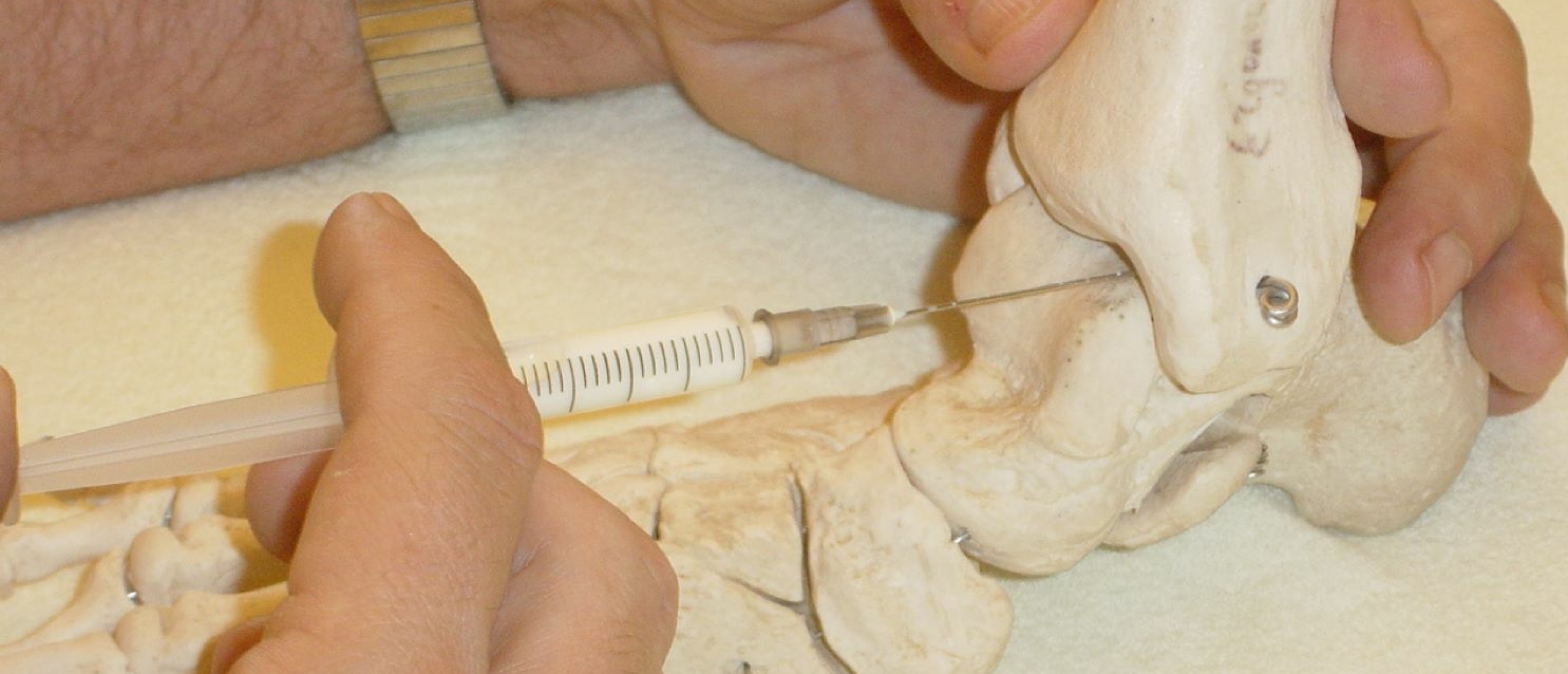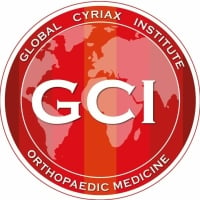
Introduction to injection and infiltration techniques
Injection and infiltration techniques in orthopaedic medicine
By Dr. Jan Claeys, M.D.
Discover some basic rules regarding peripheral and spinal infiltration and injection therapy used in updated orthopaedic medicine Cyriax. All specific guidelines of corticosteroid , sclerosing, hyaluronic and anaesthetic techiques are described. In collaboration with TRB Chemedica we released a unique film production on Infiltrations and Injections, produced by Dr. J. Claeys, M.D. I also refer to the excellent book of Dr. Giuseppe Ridulfo, M.D. “Infiltrazioni articolari ed extrarticolari techniche”
Introduction to injection and infiltration techniques
Initially, when Dr. J. Cyriax tried to find equally accurate therapeutic schemes for his well defined diagnostic system, injections and infiltrations were only a small part of them.
The first product Dr. J. Cyriax used was procaine ; it was only meant as a diagnostic expedient, based on the following principle : if the pain is caused by a certain lesion, and the diagnosis is correct, then anaesthetizing the lesion should temporarily make the pain disappear. To his great amazement, some patients told him that the administration of procaine had a lasting effect. This product is now still in use, both diagnostically and therapeutically.
With the appearance of steroids in 1950, injections and infiltrations suddenly became an important part in the treatment of soft tissue lesions in orthopaedics : a strong, mainly topical, anti-inflammatory agent has been found. Dr. J. Cyriax preferred triamcinolone acetonide as a locally acting steroid, usually in its least concentrated solution (10 mg/ml).
Ultimately, he also used sclerosant solutions, known as P2G, meant to obtain ligamentous contracture and strengthening in a localized area.
The terms injection and infiltration actually define the way in which the various products are used. In an injection, the tip of the needle is inserted in a certain spot (in a joint or in the epidural space), and the entire quantity is injected there. In an infiltration, the tip of the needle repeatedly is moved in or around the lesion, with the intention of bringing in a smallquantity of the product in or around the various sites of the total lesion.
For applying infiltrations in the lesion itself, two techniques are used
The first one is a fanwise distribution of the product over the entire lesion. Usually the volume of the lesion is considerable. The tip of the needle is introduced in the deepest part and the product is injected whilst slowly withdrawing the needle as far as the most superficial part of the lesion. This procedure is repeated in a fanwise manner, either only in the horizontal plane (e.g. subacromial bursitis), or in various planes in a three-dimensional space (e.g. muscle belly lesion).
A second technique is used for smaller, well defined lesions such as tenoperiosteal or ligamentoperiosteal junction lesions. Now the tip of the needle is introduced as far as the periosteal insertion and a few droplets are injected. Then, some ten times the tip of the needle should be partly withdrawn and reinserted at a slightly different angle, superficially as well as deeply, until the entire lesion has been reached.
For applying infiltrations around the lesion (e.g. tendinitis), the tip of the needle is pushed forwards parallel to the lesion as far as the distant edge of it. Part of the fluid is now injected while the needle is slowly withdrawn to just beyond the near end of the lesion. This procedure is repeated with the needle in a slightly different angle again parallel to the lesion, until the entire product is spread about the lesion. Possibly, this has to be repeated at the other side of the lesion.
